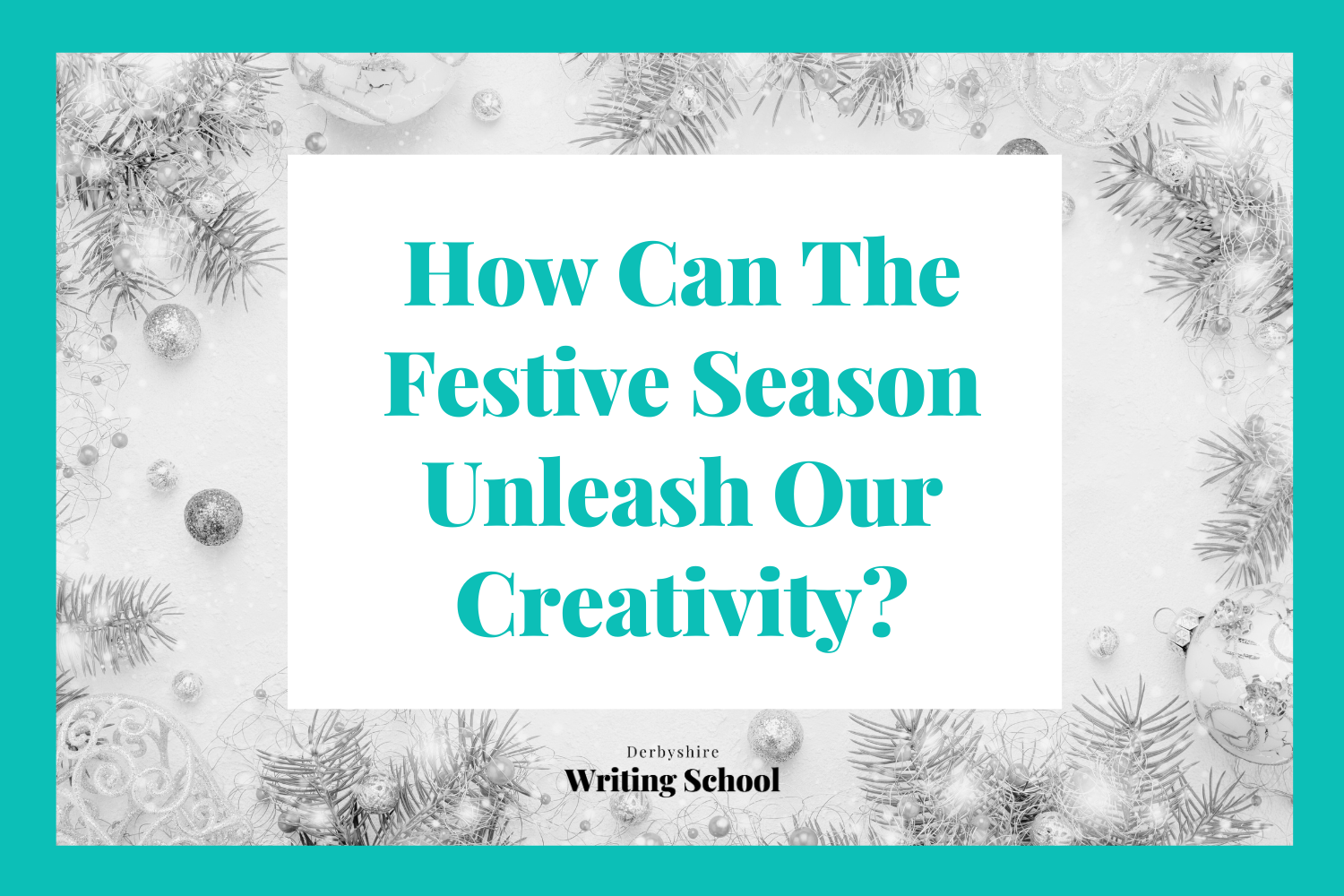How To Use The First Person Narrative Effectively In Your Stories
What point of view do you typically write your stories from? Do you have one that you depend on? Sometimes our natural writing style is expressed from a single point of view. It’s our ‘go-to’ style and this can be great, but it’s important we notice it. Is using that style of voice one of your writing habits? If so, why not try something different? You might surprise yourself! Let your creative writing ideas run free and see what happens…
We’ve talked before about narrative voice and the different types of point of view you can write from before, however, this creative writing blog will focus on how we can use the first-person point of view to our advantage.
What is the first-person point of view?
But first, what exactly is the first person? Using the pronouns ‘I,’ ‘me,’ ‘us,’ and ‘we,’. The first person typically presents us with a story told by either the protagonist of the story (the main character) or, a peripheral/fringe character.
4 reasons why the first-person point of view can be a great tool for creating impactful stories!
Let’s explore how….
1. It’s Personal
One of the great things about the first-person perspective is that it invites intimacy. You can integrate yourself completely into your character’s mind, and explore their depths. You are literally sitting in their shoes.
Sometimes, it can feel somewhat easier when we focus on one character, and by narrowing in on your narrator’s voice, you may find you become more invested in their thoughts and their world. This can make for a really powerful story.
As the storyteller, readers want to get to know who this character is. The first person presents an amazing opportunity for a relationship between the reader and the character to develop quickly.
2. It Creates An Emotional Connection
With the personal investment the first person generates, readers may find that they become more committed to the story. This could be because they feel a close alignment, or connection, to the character telling the story, as opposed to a detached narrator – they are living the story as the character is. It can feel like events are happening in ‘real-time’.
The first person can allow strong emotional attachments to be made, and raise the intensity and the stakes of the story, as readers want the character to succeed.
To make your character as interesting as possible, be sure to spend plenty of time beforehand really getting to know who they are.
3. It Can Help Create Clarity
Clarity is a vital quality of creative writing. Trying to tell the story of four or five different characters in one story, for example, can overwhelm and be confusing for readers.
If we stick with our first-person narrator, we know exactly who is telling the story. Whether we trust them or not is another area for us to explore, but there is a clear identity as to who is telling the story. It can help make the reader’s experience of our stories much smoother.
It’s also important to make this character as alluring as possible, and for this, we could turn to the familiar technique of show not tell to help us intertwine intriguing details about them into our stories.
4. It Can Create Unreliability
With a first-person narrator, we also have to question their dependability. How much can we really trust them? It’s important to remember that this isn’t necessarily a negative thing. It can be a really fun experience for readers.
It allows readers to question the character’s personal goals and motivations. It takes them on a journey of searching for the facts, piecing things together, and deciphering the truth of what they’re being told.
Can we ever be sure that we get the complete truth? It can offer readers a fascinating and unique experience. Examples of the unreliable narrator: Life of Pi by Yann Martel and Gone Girl by Gillian Flynn. Why not give them a read and see if the unreliable narrator might work for your story?
If the first-person isn’t something you typically use in your writing, why not give it a go? Challenge yourself. Stretch your amazing imagination and let your creativity run free. Experiment and play! We’d love to know how you get on.













